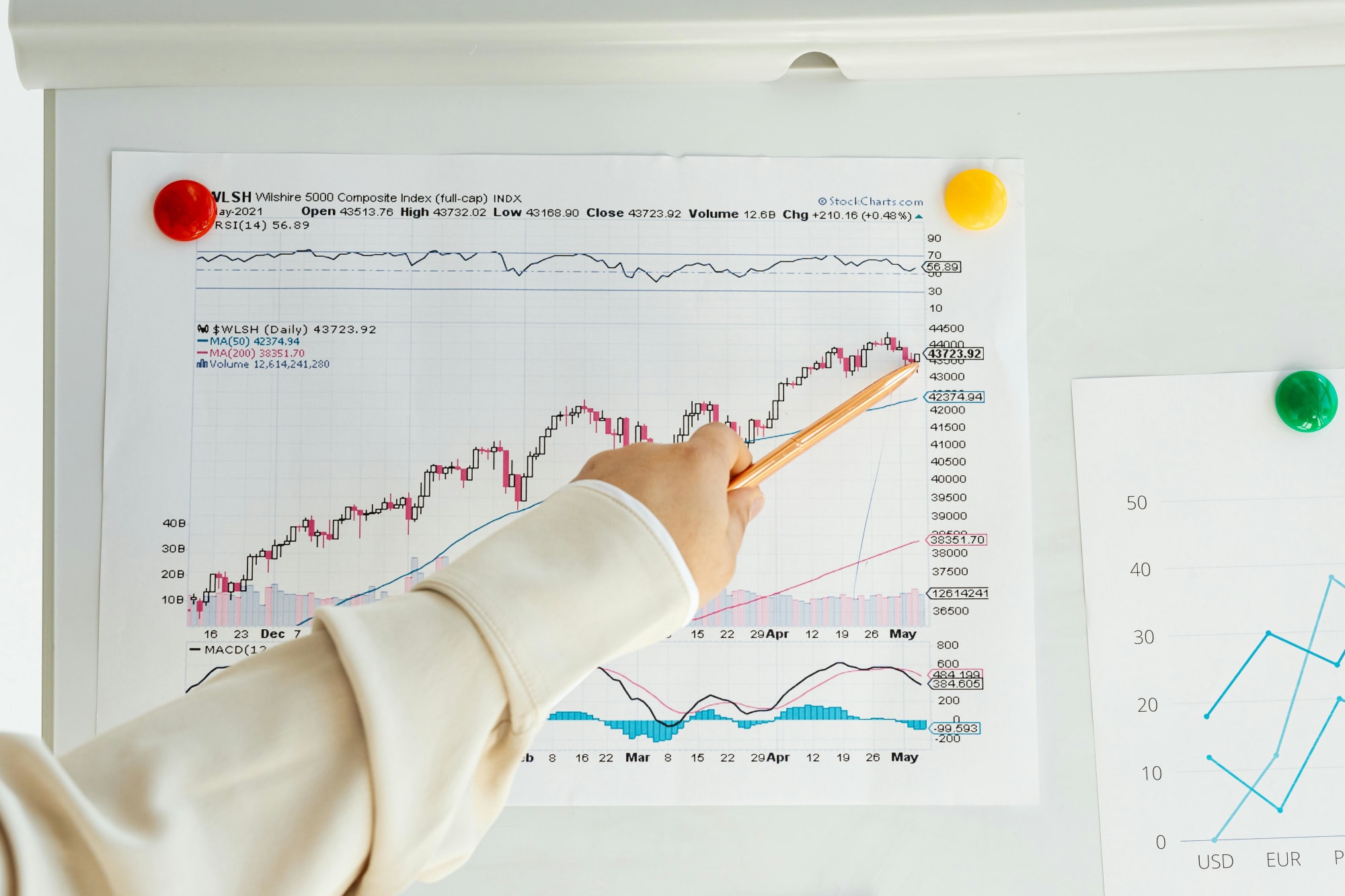Invest
Including passive job seekers in unemployment measure doesn't impact economic cycle view, study finds
Invest
Including passive job seekers in unemployment measure doesn't impact economic cycle view, study finds
New research from e61 Institute has found that while current unemployment measures may not capture all job seekers, broader definitions that include passive job searchers do not provide better indicators of the economic cycle.
Including passive job seekers in unemployment measure doesn't impact economic cycle view, study finds
New research from e61 Institute has found that while current unemployment measures may not capture all job seekers, broader definitions that include passive job searchers do not provide better indicators of the economic cycle.

The study, titled "Searching Hard or Hardly Searching: How Should We Measure Unemployment?", compares four different definitions of unemployment and maps them against one another. It finds that unemployment rates would be significantly higher across all age groups if individuals who search for work "passively", such as sending off job applications without actively browsing online, were included. This increase is more pronounced for young Australians, with the unemployment rate rising by about two percentage points.
However, the research suggests that even though the measured unemployment rate would be higher under this broader definition, it does not necessarily mean the Reserve Bank would need to change its approach to monetary policy.
Zachary Hayward, pre-doctoral economist at the e61 Institute and author of the study, said, "The reason this definition may matter for Reserve Bank policy is if the new measure aligned more closely with the economic cycle. If it did, policy responses that ignored these measures would respond slowly to rising or falling inflation – exacerbating cost of living shocks during booms and generating unnecessary job loss during downturns."
The data shows that the new unemployment measure moves in a very similar way to the standard definition over the economic cycle, with only slightly wider gaps during the Global Financial Crisis and the end of the mining boom. "Ultimately, it adds little to no useful information about the economic cycle," Hayward said.

e61 CEO Michael Brennan noted that while it's always good to consider what the current definition might miss, "the overriding issue is what information the measure conveys, and the current ABS definition does a good job of shedding light on the strength of the labour market and the economic cycle."
The study highlights that while the current measure of unemployment may not capture all job seekers, it remains largely appropriate for assessing monetary policy and the economic cycle. However, it also underscores that at any given time, there are more individuals searching for work than headline figures suggest, indicating that barriers to labour market entry affect more people than commonly assumed.

Economy
RBA's hawkish stance reflects inflation concerns, State Street economist comments
In a recent statement, the Reserve Bank of Australia (RBA) has signaled a hawkish stance on interest rates, drawing insights from financial experts about the implications for Australia's economic ...Read more

Economy
Navigating the inflation maze: How CFOs can outsmart economic hurdles in Australia
Fresh inflation data have cooled expectations of near-term rate cuts in Australia, intensifying pressure on margins, capital allocation and demand. Rather than wait for monetary relief that may not ...Read more

Economy
Inflation concerns rise as Australia's CPI climbs to 3.8% in October
Australia's latest Consumer Price Index (CPI) figures have sent ripples through the economy, with headline inflation accelerating to 3.8% year-on-year in October, up from 3.6% in September. The data, ...Read more

Economy
October CPI results pose challenges for RBA’s monetary policy stance
In a surprising turn of events, the October Consumer Price Index (CPI) data has raised eyebrows among economists and market strategists, revealing stronger-than-expected inflationary pressures in ...Read more

Economy
Global deal activity declines by 6% amid economic uncertainty, reports GlobalData
In a year characterised by economic turbulence and evolving market conditions, global deal activity has witnessed a notable downturn during the first ten months of 2025. According to GlobalData, a ...Read more

Economy
Australia’s softening labour market puts another RBA cut in play — here’s what business should do now
A four-year high in unemployment has revived expectations the Reserve Bank could deliver another rate cut as soon as November. With quarterly GDP growth running at 0.6 per cent and annual growth at ...Read more

Economy
Rising CPI reinforces RBA’s stance as rate cut expectations remain: State Street
State Street Global Advisors says the Reserve Bank of Australia (RBA) is likely to hold its current policy outlook following the release of September quarter inflation data, which showed an unexpected ...Read more

Economy
NSW SES boosts tsunami preparedness ahead of World Tsunami Awareness Day
As World Tsunami Awareness Day approaches on 5 November, the New South Wales State Emergency Service (NSW SES) is ramping up efforts to enhance tsunami preparedness along the east coastRead more

Economy
RBA's hawkish stance reflects inflation concerns, State Street economist comments
In a recent statement, the Reserve Bank of Australia (RBA) has signaled a hawkish stance on interest rates, drawing insights from financial experts about the implications for Australia's economic ...Read more

Economy
Navigating the inflation maze: How CFOs can outsmart economic hurdles in Australia
Fresh inflation data have cooled expectations of near-term rate cuts in Australia, intensifying pressure on margins, capital allocation and demand. Rather than wait for monetary relief that may not ...Read more

Economy
Inflation concerns rise as Australia's CPI climbs to 3.8% in October
Australia's latest Consumer Price Index (CPI) figures have sent ripples through the economy, with headline inflation accelerating to 3.8% year-on-year in October, up from 3.6% in September. The data, ...Read more

Economy
October CPI results pose challenges for RBA’s monetary policy stance
In a surprising turn of events, the October Consumer Price Index (CPI) data has raised eyebrows among economists and market strategists, revealing stronger-than-expected inflationary pressures in ...Read more

Economy
Global deal activity declines by 6% amid economic uncertainty, reports GlobalData
In a year characterised by economic turbulence and evolving market conditions, global deal activity has witnessed a notable downturn during the first ten months of 2025. According to GlobalData, a ...Read more

Economy
Australia’s softening labour market puts another RBA cut in play — here’s what business should do now
A four-year high in unemployment has revived expectations the Reserve Bank could deliver another rate cut as soon as November. With quarterly GDP growth running at 0.6 per cent and annual growth at ...Read more

Economy
Rising CPI reinforces RBA’s stance as rate cut expectations remain: State Street
State Street Global Advisors says the Reserve Bank of Australia (RBA) is likely to hold its current policy outlook following the release of September quarter inflation data, which showed an unexpected ...Read more

Economy
NSW SES boosts tsunami preparedness ahead of World Tsunami Awareness Day
As World Tsunami Awareness Day approaches on 5 November, the New South Wales State Emergency Service (NSW SES) is ramping up efforts to enhance tsunami preparedness along the east coastRead more








